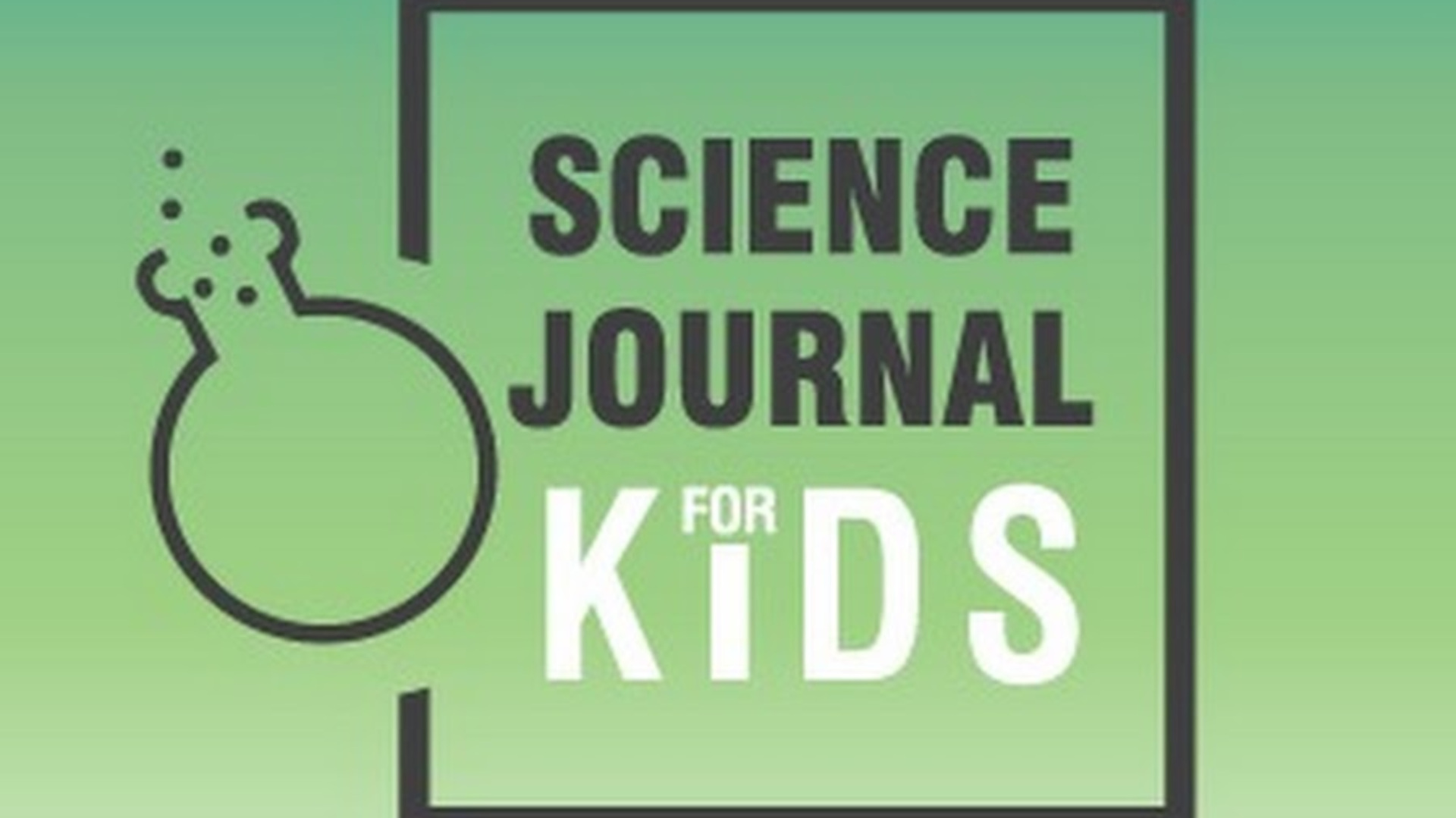Shallow or Deep Reading?
I am 75% of the way through Nicholas Carr's The Shallows: What the Internet is Doing to Our Brains and my own brain is buzzing from the questions and research he offers up. I'm not going to spoil the book for you (even though I HIGHLY recommend it, I'm not ready to give my final review), but one thing he shines a light on is that when we read on the Internet, it is a very distracted reading, usually consisting more of "skimming" and jumping around with link after link. This "jumping around" is further interrupted by email and texting and Facebook checking, etc. and stands in the way for any real immersion into the text.
Juxtaposed with this "shallow" reading, is reading that is free of those distractions, such as when reading a book. While most of us probably are aware of these distractions, are we truly cognizant of our reading habits during "shallow" reading? I'm also about 25% of the way through Howard Rheingold's book, Net Smart: How to Thrive Online (also HIGHLY recommended). Rheingold argues that we're probably not aware of just how distracted we actually are and offers up the solution of teaching ourselves (and our students) how to be "mindful" and stay true to our purpose of and intention when we're on the Internet. So... are you reading, or jumping around? Are you writing, or easily interrupted to go fetch the latest email when it sounds it's Pavlovian chime?
At this point, in both my current spots of the books, I am thinking that we need to explicitly teach our students the difference between "Shallow" (Carr's term) and "Deep" reading. I believe there is a place for both (and whether we like it or not, more and more of our text will inevitably become digital). We need to tell our students, for instance, when we're doing Google Searches, "This is shallow reading." We need to demonstrate what's happening in our own heads as we search, how we ourselves get distracted, and what tools we use to stay focused. A tool I've long been pushing is Readability (http://www.readability.com/) which helps to make a page simple, stripping away all distractions.
When we are "Deep" reading, we need to also show students how we avoid distractions, how we allow for more time for deep reading, how we find quiet places to read, how we lose ourselves in the writing. Most likely, we'll be using books (electronic or paper) or magazines to demonstrate this with.
Both types of reading have been here long before the Internet arrived. We've all "browsed" bookstores before (it's a wonderful and pleasurable activity for me still, getting lost in the stacks). We skim newspapers and menus. We quickly gather the gist of a placard at a museum as our 5 year old pulls us away to see something else that's awesome at the museum. There's nothing wrong with those ways of reading that come under the "Shallow" category; but should they dominate our reading?
With media becoming ever more staccato (Twitter, Ads on Web Pages, Facebook, Shorter text on web pages), I believe we need to show that there must be a balance of both types of reading.
Many schools have done away with Silent Reading because some believe it's a waste of time: "How do you know they're actually reading?" some ask. (Answer: ask the student what they read about after they've read it). But I think long, sustained Silent Reading time is more crucial than ever. We as teachers should join in on the Silent Reading and explicitly show what "Deep" Reading looks like.
Tech & Learning Newsletter
Tools and ideas to transform education. Sign up below.
I think there are other things to consider beyond what I've read from Carr so far. For instance, Internet or not, I cannot read deeply on a computer screen. I don't know if it's the distance (the computer is farther away from me), the fact that I am glued to a chair, or the brightness of the screen. Porting long articles over to my iPad has helped me incredibly with reading electronic text "Deeper." However, my Kindle Touch is the ultimate because all distractions are stripped away. To me, it's actually better than a book: I can control the font size and all it takes is one flick of a thumb to turn the page (books can be much more cumbersome).
Are any of you able to read an entire book on a desktop computer? How about a laptop? Do you find yourself easily distracted? Are you aware of how much you are distracted if in fact you are?
Is this something that we need to explicitly teach our students to identify: finding the balance from "Shallow" and interrupted reading, and "Deep" uninterrupted reading?
Thanks for "skimming" this article (according to Carr, that's what most of you did). I'd love to hear your input.
